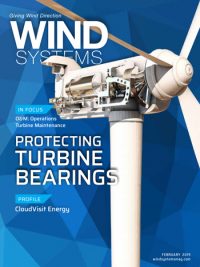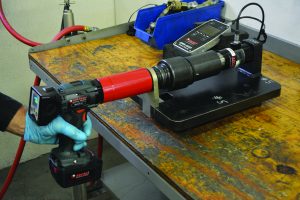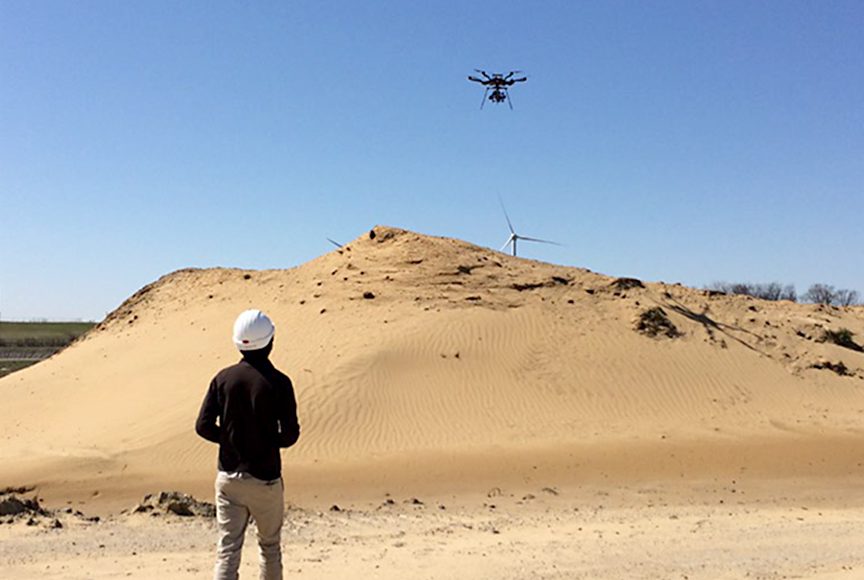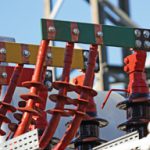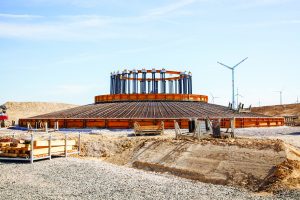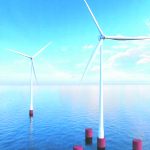Even though predictive maintenance has proven its ability to avoid unscheduled stoppages and faults in critical components, there are still many companies that fail to consider new monitoring technologies in their maintenance plans and strategies. Often, predictive maintenance is considered as a cost and not as an investment with return, which is far from the experience of any industry that has opted for this technique and is seeing the investment quickly repaid.
In the case of wind-energy generation, where the already high costs to repair faults in the critical machinery in wind turbines combine with the logistical costs required to be able to perform the repairs, the absence of a predictive maintenance system featuring various additional technologies entails a succession of substantial costs.
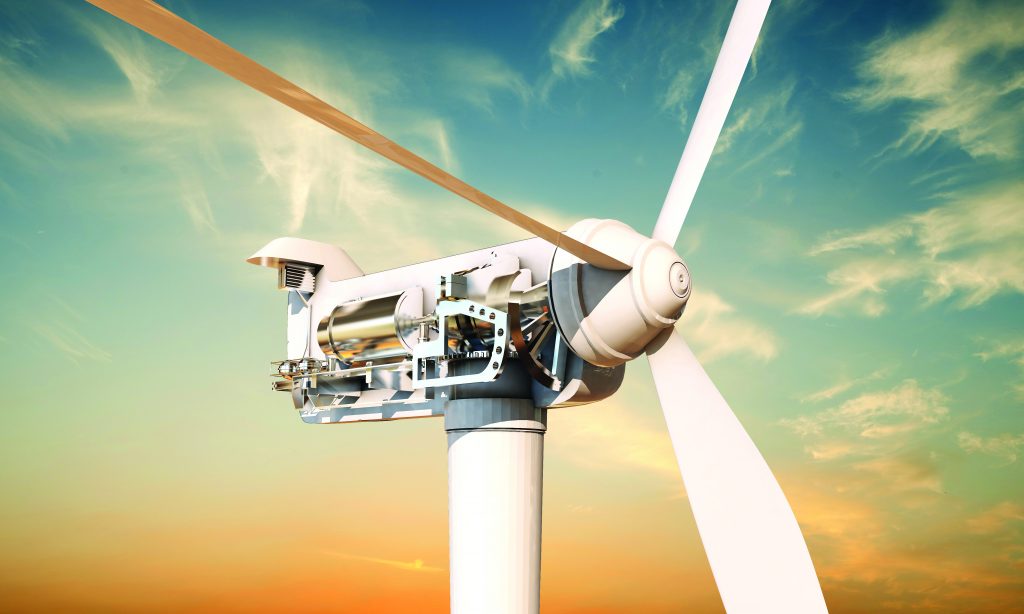
As an example, below are a series of average costs that can affect any wind farm that does not use an adequate maintenance strategy. A study by Atten2, a Spanish company specializing in the development of on-line optical sensors for the monitoring of lubricating oils, shows the investment in predictive maintenance technologies represents a strategic investment with a high ROI. The data has been taken from a study analyzing incidences registered in a year at a wind farm with 44 wind turbines.
Down-tower repairs
Down-tower repairs result from a serious fault that cannot be resolved in-situ and, therefore, involve dismantling the wind turbine and lowering it to the ground. The expenses from this type of fault start in the logistics: Renting the crane needed for this operation represents an estimated cost of 15,000 euros.
In the case of this wind farm, with 44 turbines, the historical rate of faults related to the gearbox that involved dismantling the wind turbine represents 6.41 percent of the total number of incidences registered each year. The figure in this particular case is in line with the overall percentages in the sector, where the average rate for this type of fault is 6.5 percent.
The consequences of these faults, which could be minimized by implementing a complete condition monitoring system, are classified in the wind farm under study as minor, severe, and irreparable.
On average, minor faults require an average investment of 30,000 euros per repair, an amount that rises to 45,000 euros in severe incidences and that reaches 77,000 euros for faults that cannot be repaired, for cases where the gearbox has to be replaced. In the specific case of the wind farm under study, the costs associated with the types of faults are 17,400, 59,400, and 70,480 euros respectively, which pushes up costs to 147,600 euros per year. This figure is in addition to the cost of renting the crane as previously mentioned.
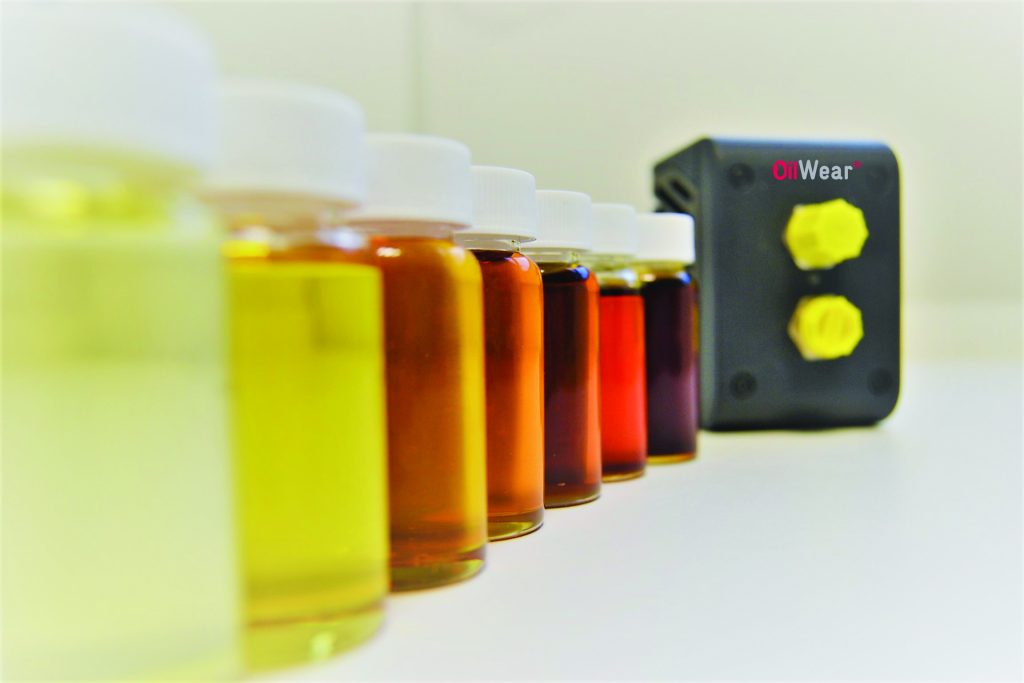
Up-tower repairs
These are repairs that can be carried out in the same location as the gearbox, without having to dismantle or lower the machinery. Faults that can be repaired where the wind turbine is located are generally linked to the bearings and the shaft, low risk faults that do not require large investments to fix them.
Additionally, these incidences that can be resolved without dismantling can incur fewer costs as there is no need for the logistics inherent in up-tower repairs. These repairs also occur less often. In the wind farm under study, this type of fault represents 2.3 percent of the total percentage, of which 80 percent is due to the bearings and 20 percent due to the shaft. The investment required for repair is 5,712 euros a year.
This amount may seem modest, especially in comparison with down-tower faults, but in both cases, it should be noted that the estimated lifespan of a wind farm is 20 years, and currently, wind turbines are expected to operate for up to an additional 10 years. Therefore, a precise calculation of the overall costs of not using a correct predictive maintenance strategy yields astronomical figures: 4.6 million euros over the useful life of the 44-turbine wind farm under study.
















